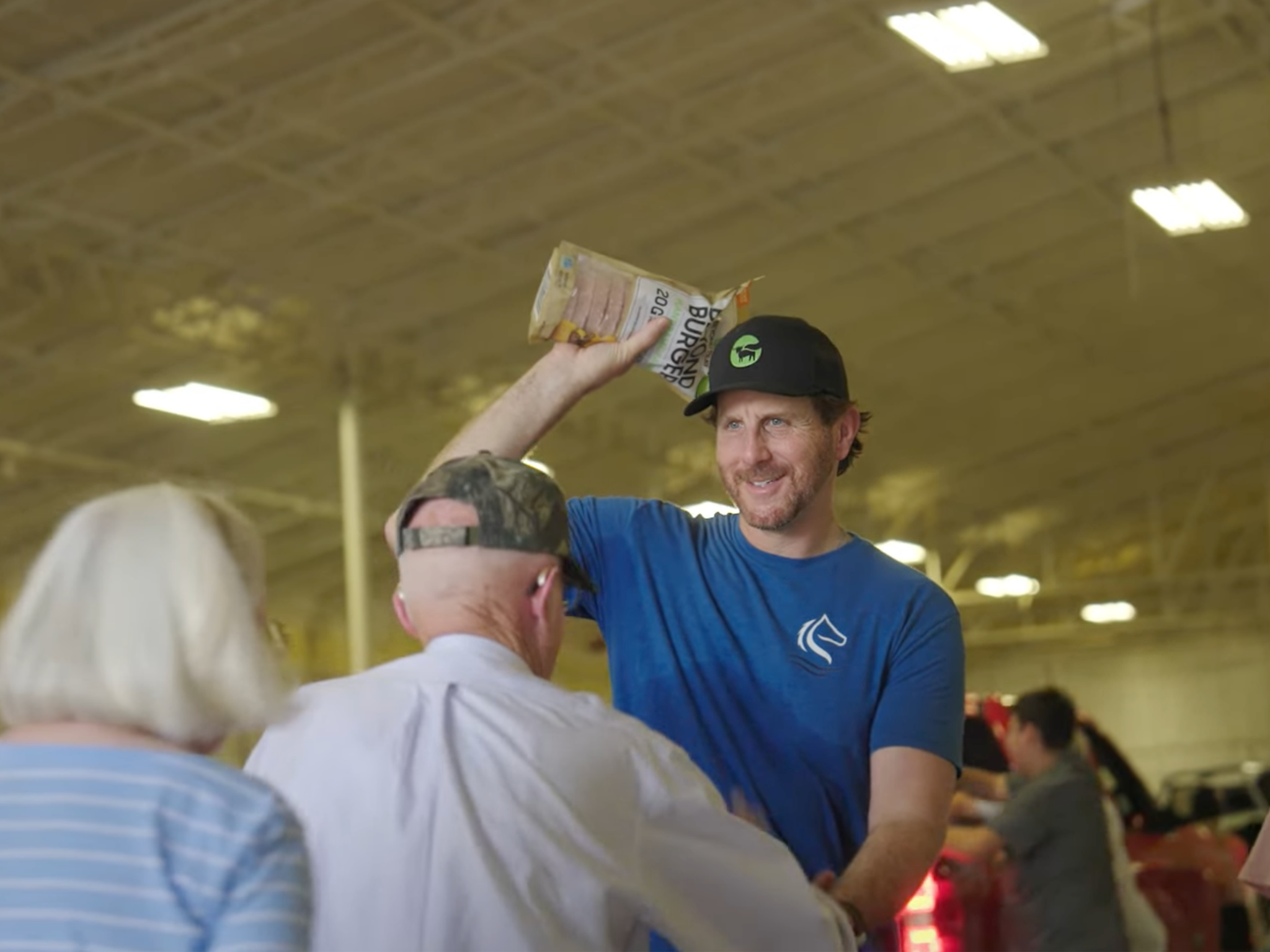Planting Change: Beyond Meat Links Beef to Big Tobacco in New Documentary
6 Mins Read
As one of the world’s largest plant-based meat companies, Beyond Meat hits back at the livestock industry with a new documentary short.
Is beef just the new tobacco?
That’s one of the central claims in a new short film by Beyond Meat, a plant-based giant looking to clear the headwinds that have plagued it in the last few years.
In Planting Change, a fast-paced nine-minute documentary, the El Segundo-based firm tackles the health and environmental impacts of plant-based meat, its effect on farmers, and, of course, the misinformation campaigns from the meat industry.
“American beef producers are following a very similar playbook to the tobacco industry – of undermining science and of creating counternarratives that suggest that plant-based products are somehow harmful,” says Dr Robert K Jackler, a professor at the Stanford University School of Medicine, and the founder of the Stanford Research Into the Impact of Tobacco Advertising group.
Another way to look at it is that the livestock industry is chiefly concerned about one thing: its bottom line. “Their concern is that plant-based meats will begin to eat into their sales and harm their profits,” says Jackler.
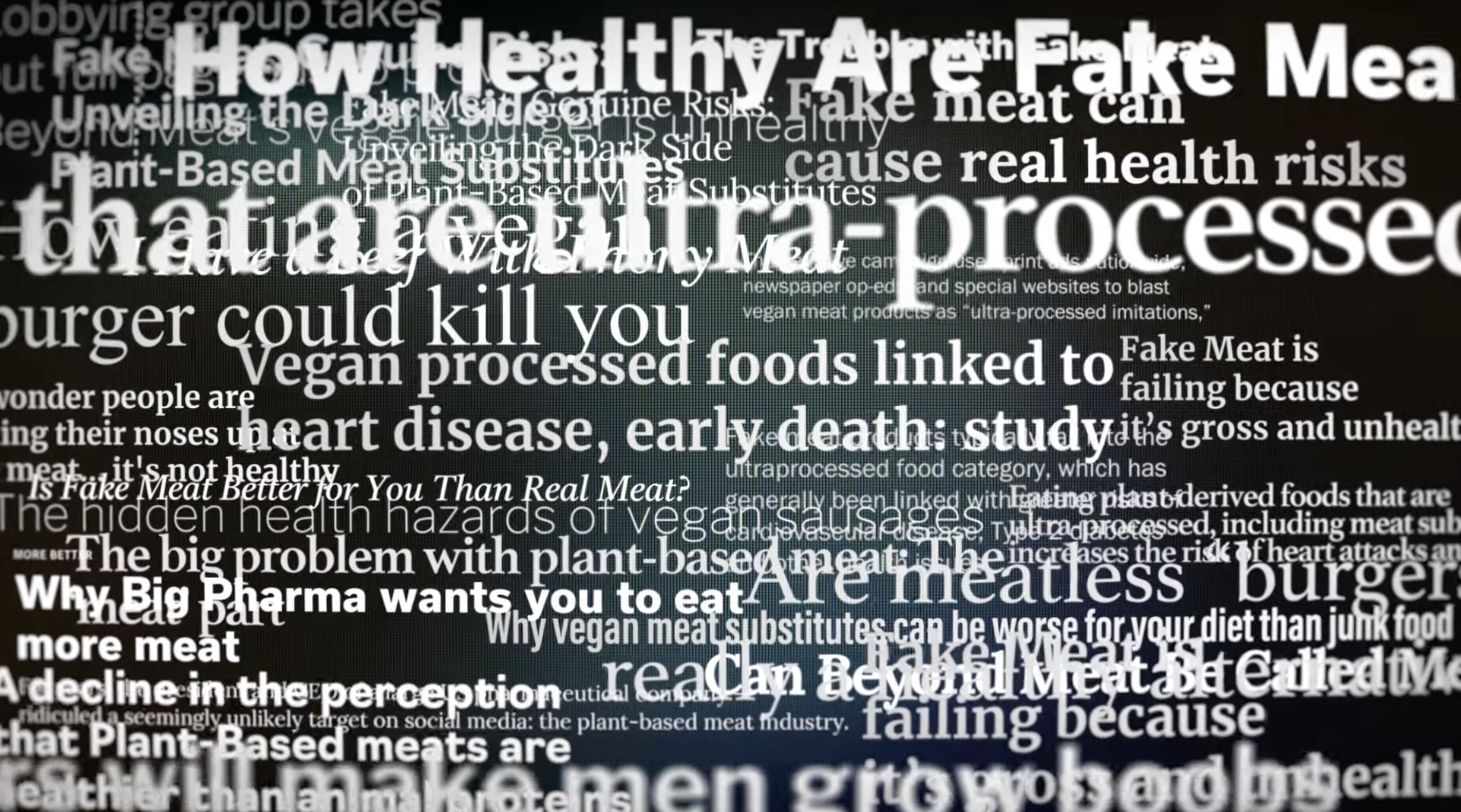
And for a while, they were. At the turn of the decade, Beyond Meat was at the height of its popularity, with a successful IPO and major celebrity endorsements taking the brand’s valuation to $14B at its peak. Then, with Covid-19 confining Americans to their homes, their growing health-consciousness led many consumers to swap out beef for Beyond’s plant-based alternatives.
Of the $10.7B invested in plant-based food companies since 2015, $4.2B came in 2020-21, when sales of meat alternatives reached record highs. And in the two years since the pandemic, conventional meat consumption dropped by 4kg per person in the US.
Things have taken a turn in the year since. In 2024, meat made a comeback, driven by a shifting cultural and political landscape, with sales reaching record highs. Purchases of vegan alternatives, however, declined.
The “playbook” Jackler refers to, which he implies the beef industry has been using fairly aggressively, appears to have been successful. Beyond Meat, one of the campaign’s biggest and most frequent targets, has felt the squeeze, with sales sliding for nine consecutive quarters until the latter half of 2024. The documentary, it seems, is the company’s answer to Big Meat’s attacks.
Beyond Meat tackles UPF concerns through documentary
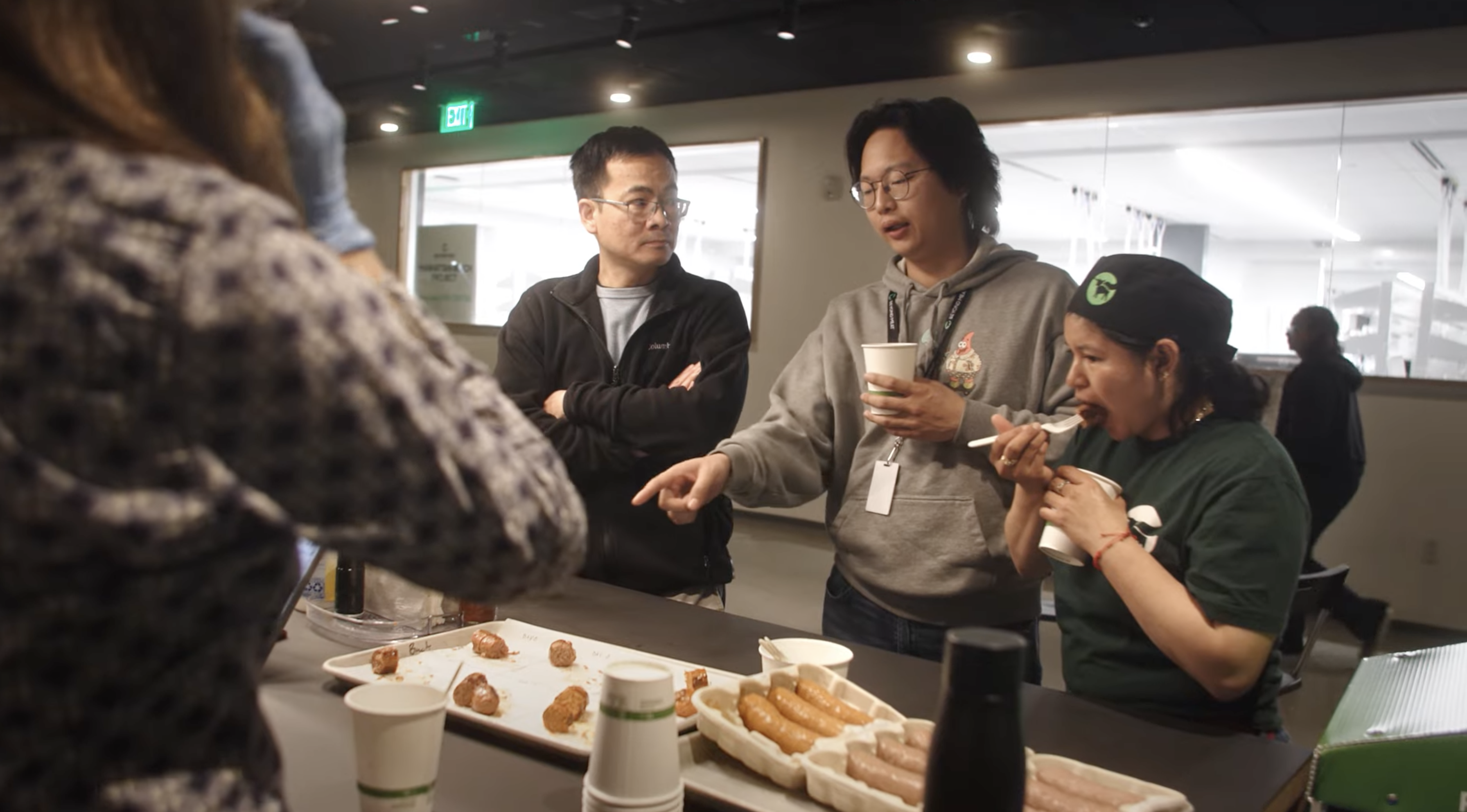
For a while now, there’s one statistic that Ethan Brown, Beyond Meat’s founder and CEO, has been using to illustrate the impact of the meat industry’s misinformation campaign: in 2020, more than half of Americans felt that plant-based meat was good for them, a number that fell to 38% two years later.
Amid attacks on long ingredient lists and ultra-processing, the company changed tack in 2023, airing a marketing campaign focused on farmers. Months later, it took another turn, this time going all-in on health.
“We faced a fundamental choice, and that was to either bang our fists on the table and explain the health benefits of our products. Or, to take a look inward and say: “How do we make our products even healthier? How do we make them unassailable from a health perspective?” Brown asks in the documentary.
Beyond Meat did a little bit of both. It reformulated its core product line in collaboration with “leading medical and nutrition experts”, including Stanford professor Dr Christopher Gardner (who was behind the famous ‘twin study‘ featured in Netflix’s You Are What You Eat) and renowned dietitian Joy Bauer. At the same time, the company refreshed its packaging to put health claims like ‘75% less saturated fat’ and ‘no cholesterol’ compared to beef.
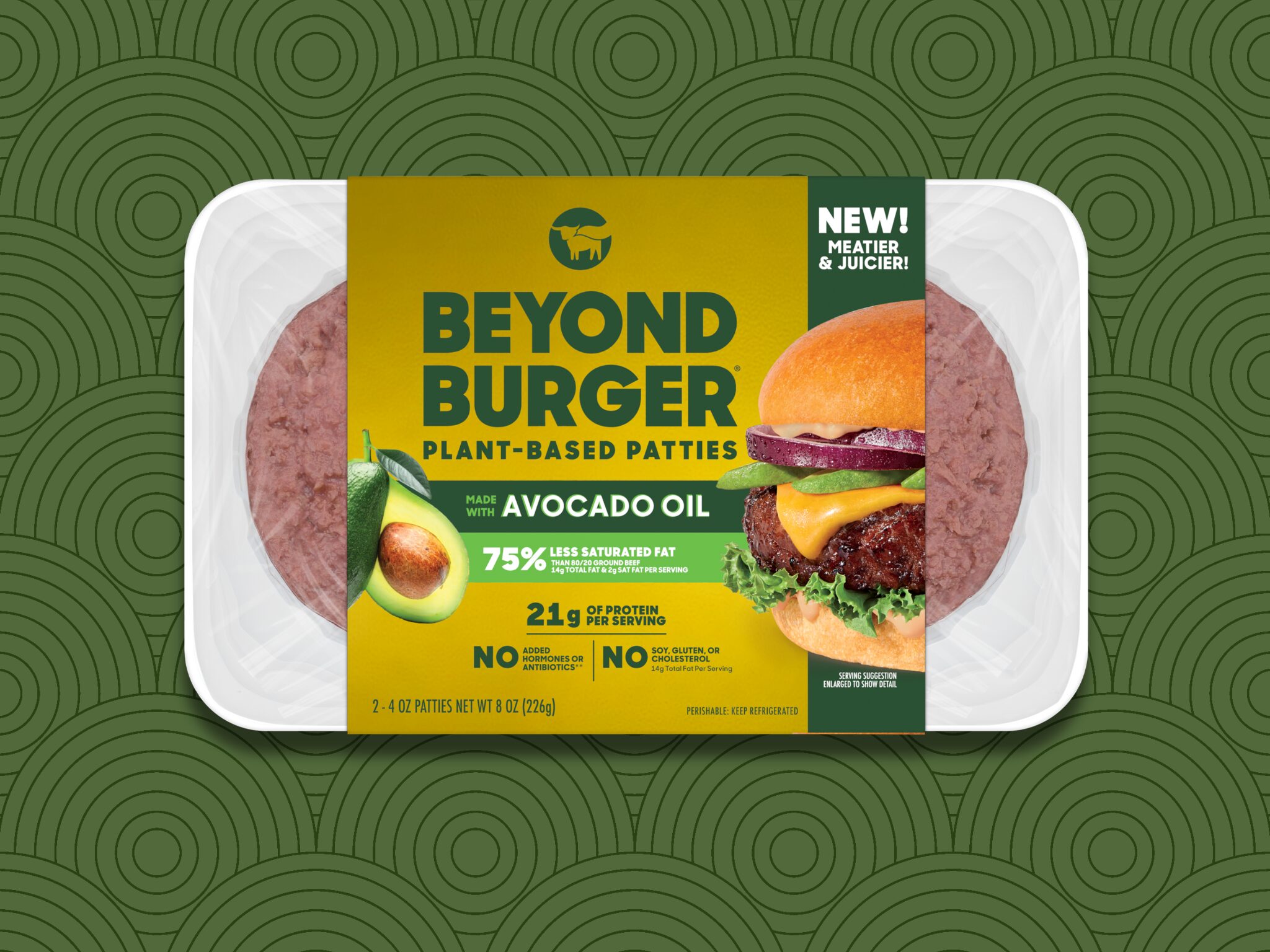
Dr Kristi Funk, a breast cancer surgeon and advocate of whole-food plant-based nutrition, explains the difference in the film. When you cook meat, as soon as the heat interacts with the creatinine, it forms highly carcinogenic compounds.
“When you grill, sauté or barbecue a Beyond Meat burger, you’re not making any appreciable carcinogens,” says Funk. “The protein sources are healthful foods – peas, lentils, brown rice, faba beans.”
Dr Matthew Nagra, who led research on the heart health impact of meat and vegan alternatives, explains: “One of the underappreciated aspects of plant-based meat alternatives is that we can reformulate them. You can’t do that with a cow.”
The documentary sheds light on how Beyond Meat’s faba bean steak is made, in an effort to answer critics of ultra-processed foods. “The farmer plants the crop. The plant is harvested. Then it’s milled. The flour is placed in the air chamber. Because the density and size of protein and starch are different, they naturally separate,” explains Brown.
“We then take the protein, blend it with wheat, and we run it through heating, cooling and pressure to restructure the form of that protein into animal muscle,” he continues. This is then mixed with natural flavours and colours and plant-based oils to form the Beyond Steak.
What about the farmers?
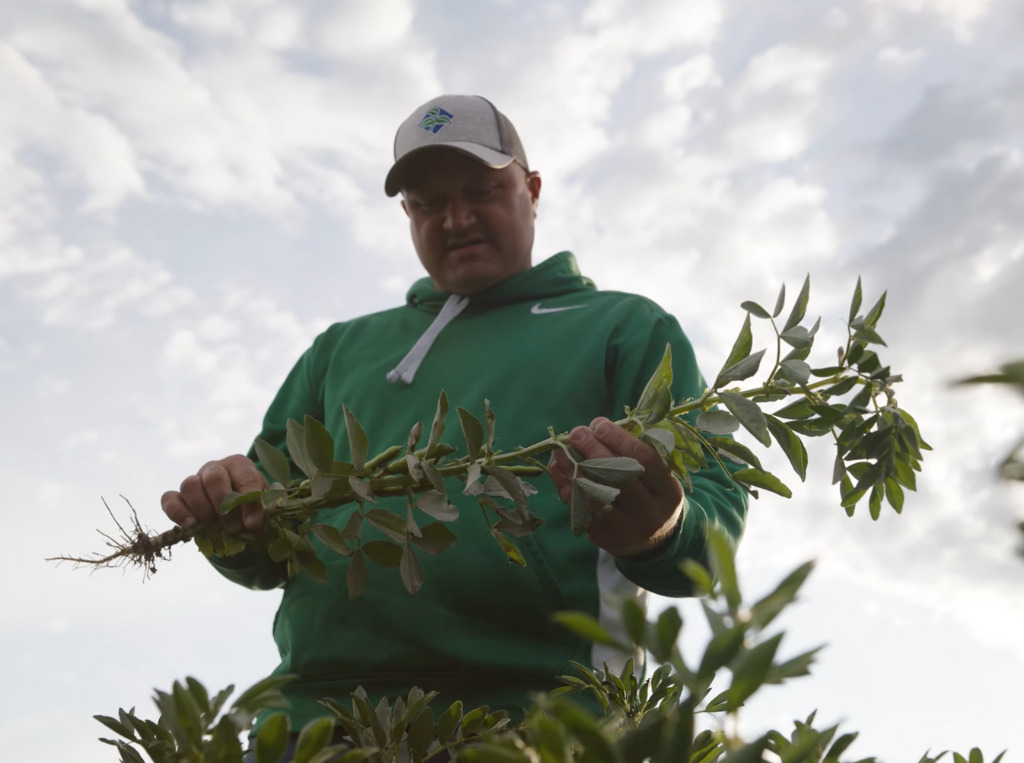
Beyond health, one of the other major criticisms of plant-based meat surrounds the people who grow our food. If we eat plants, what happens to our ranchers?
This argument misses the reality of climate change. There’s simply not enough land or water to feed Americans as much beef as they’re projected to eat over the coming decades. When it comes to polluting foods, beef is as bad as it gets.
Our insatiable demand for meat has led the industry to convert wild habitats into land for livestock grazing, resulting in significant biodiversity loss. Producing Beyond Meat requires 97% less land and water, and generates 90% fewer emissions.
“For us to solve climate change, beef consumers have to consume less,” says Timothy Searchinger, a researcher at Princeton’s Center for Policy Research on Energy and the Environment. “Not none,” he adds, “but less.”
The short film notably features several endorsements from farmers in the Midwest. For one farmer in Montana, having red lentils has made a big difference for his farm, as well as agriculture across the state. This is because the pulse crops grown for Beyond Meat don’t need as much water or any synthetic fertilisers.
The farmer also suggests that these crops are fuelling some hope into the younger generation to take up the profession, a major point of concern for the industry. A fava bean farmer in North Dakota, meanwhile, says the return on investment has been 20-25% higher than other crops.
Oswald Schmitz, a population and community ecology professor at Yale University’s School of the Environment, puts it best. “One of the really cool opportunities for cattle ranchers is to get them to change their mindset from being livestock producers to carbon ranchers.
The short film does feature some compelling arguments about the need to diversify our protein sources, but in an America where regenerative beef and tallow are all the rage, and UPFs are public enemy number one, will consumers bite?
Brown ends the film with a hopeful message: “[If] you fearlessly confront the questions of our time and refuse to go numb in defeat, there is truly hope and a path forward in eating closer to the sun.”

